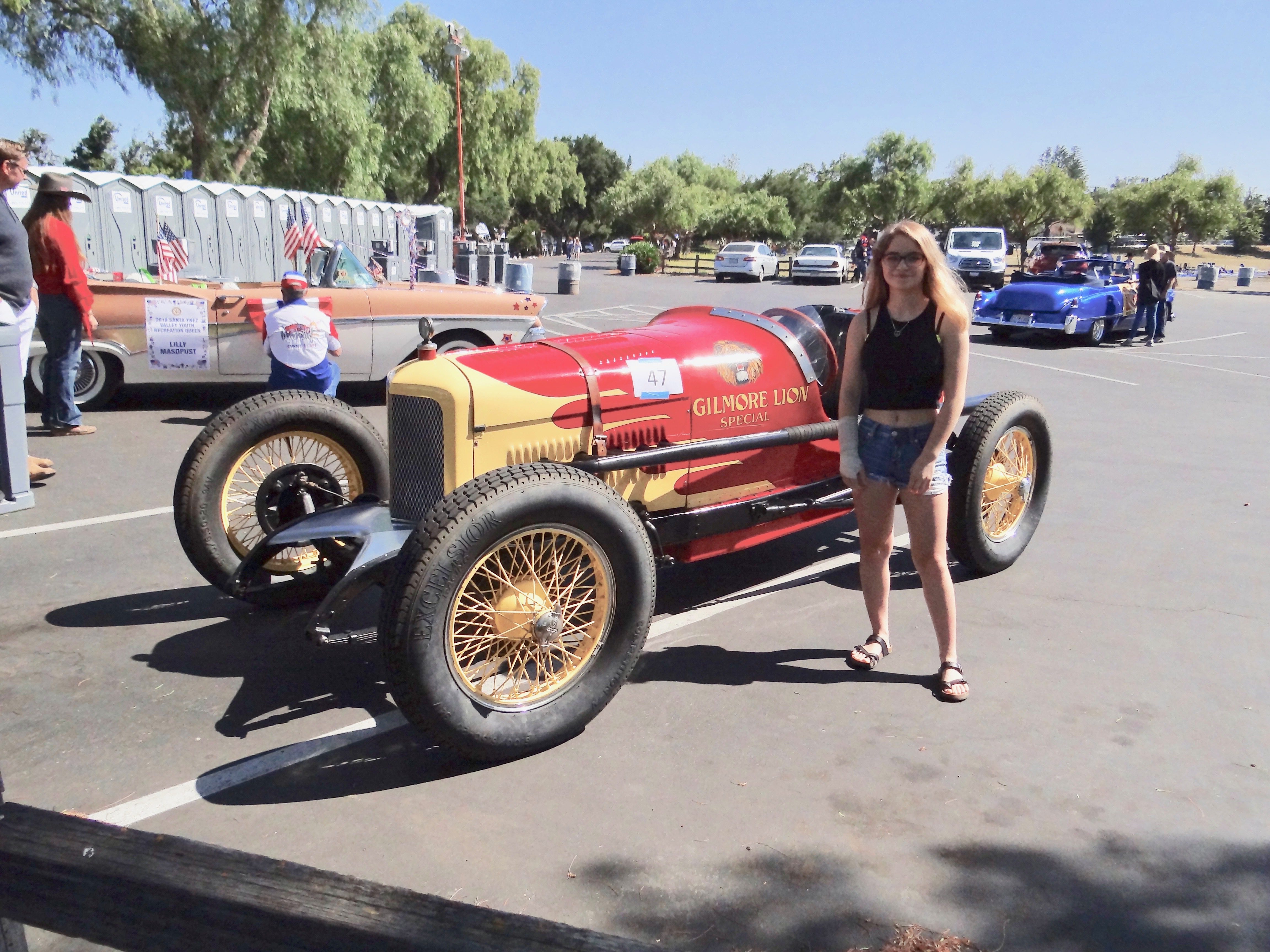By Sheila Benedict
Contributing Writer
This month, we will begin a series of columns about genealogical methodologies. First on the list, and very important to know and understand, is collateral research.
Webster’s Collegiate Dictionary defines collateral as “accompanying as secondary … indirect … serving to support or reinforce … a collateral relative is someone who … belong[s] to the same ancestral stock but not in a direct line of descent.”
Collateral evidence is “evidence that is an integral part of the source record in which it is found but has nothing to do with the reason that the record exists,” according to “Researchers Guide to American Genealogy” by Val D. Greenwood.
In other words, collateral research is researching blood relations, such as siblings, cousins, aunts, uncles, in-laws, male lines, friends, neighbors, business associates, church members.
It is important to know that these “indirect” relationships can be beneficial when you reach a dead end on your direct line, when you need to disprove an ancestral line, where there are name similarities, or when you are facing the often big obstacle of women’s maiden names. A complete, accurate family history must include the whole family, not just your parents, grandparents, etc.
What source material can you use to find both direct and collateral lines? Family interviews, diaries, yearbooks, census records, directories, newspapers, religious events, obituaries, cemetery records, birth or marriage or death certificates, legal records such as wills, Bibles, fraternal organizations, land and tax records, geography, migration patterns, military files, pensions, DNA results, and more.
Many of them are located at the sites and repositories that I have described in previous columns. It is fine to check for online databases, and there are many. However, know that often the only way to complete a family history is to visit where they came from as well as where they went. Remember that migration trails have paper trails!
Sources can be documents, people, books, websites, etc., and those can be original, a derivative, or an authored work. Information within those sources can be primary, secondary, or even be undetermined.
Finally, the evidence found can be direct, indirect, or even negative, and it is important to review it for relevance to your research.
The Genealogical Proof Standard is, or should be, used for every research project.
Its five parts, as described by Thomas W. Jones in “Mastering Genealogical Proof,” are thorough searching of sources; complete and accurate citations; analysis and correlation of the sources and information to assess whether it is reliable evidence and can answer research questions; resolving conflicting evidence for possible answers; and a written report, narrative, or statement of the conclusions, findings, and citations.
If you have questions, send them to news@santaynezvalleystar.com so they can be answered in future issues.
Sheila Benedict, a professional forensic and family genealogist, is the author of “Research in California,” written in 2015 for the National Genealogical Societies Research in the States series.




